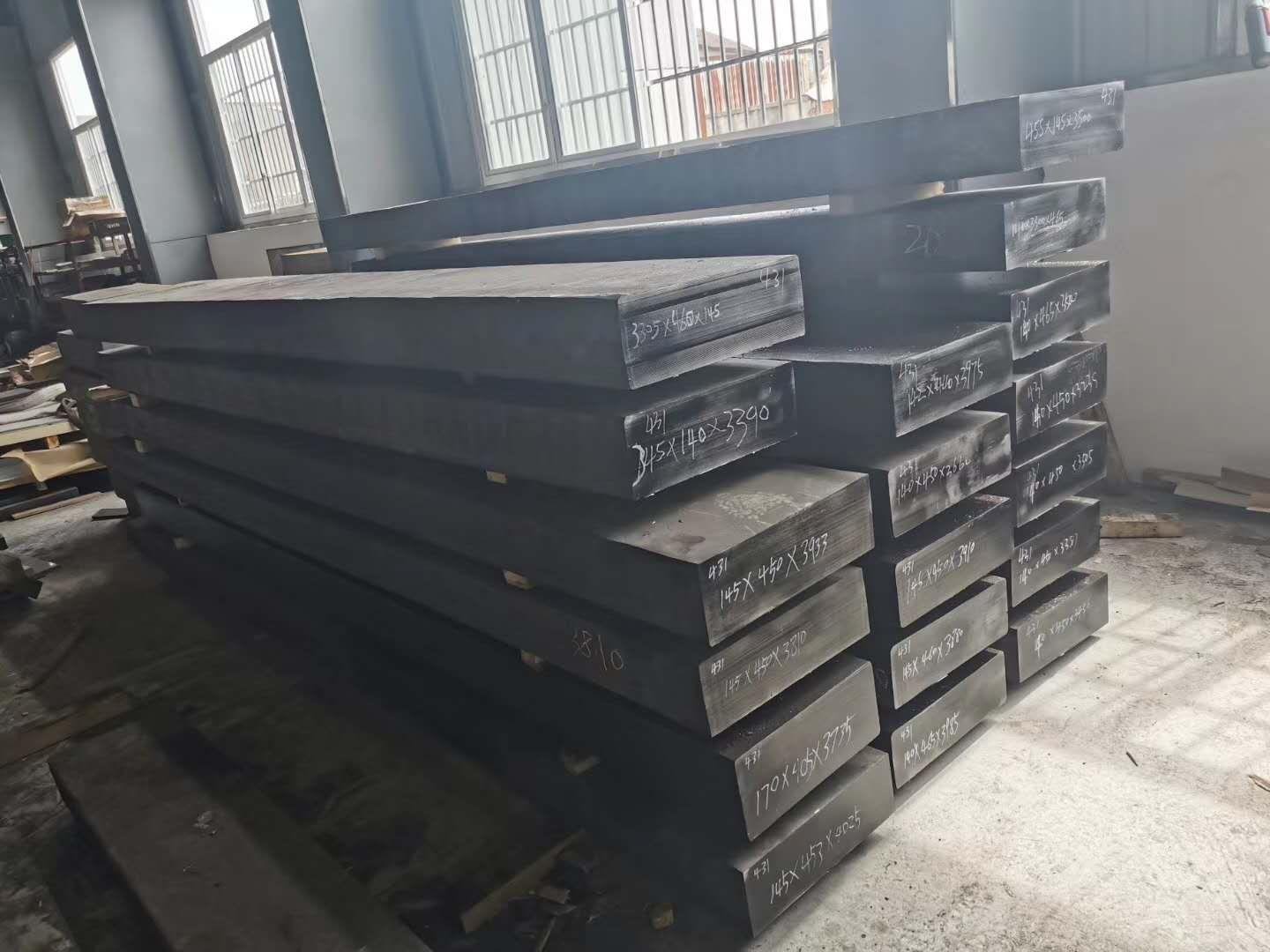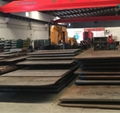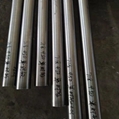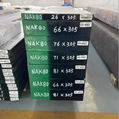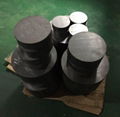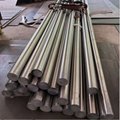Non-magnetic carbide DG60 and non-magnetic steel (7MN15CrZA13WMOVZ, hereinafter referred to as 7MN15). Non-magnetic hard alloy has good wear resistance, long production cycle and high mold processing cost. It is suitable for long line products. 7MNLS non-magnetic steel has low wear resistance, short mold manufacturing cycle and low price, suitable for production of small output, short production cycle requirements of products. Dg60 non-magnetic steel is used in a narrow range, its heat treatment and as a die processing process is not widely understood.
Dg60 (1) direct quenching after carburizing has the advantages of high production efficiency, low cost, oxidation and decarburization, but because of the high carburizing temperature, the austenite grain grows up, the martensite after quenching is coarser, the residual austenite is also more, so the wear resistance and toughness are poor. Only suitable for essence fine grain steel and wear resistance requirements are not high or low bearing parts.
Dg60 (2) primary quenching is after slow cooling by carburizing and reheating to above the critical temperature for insulation and quenching. Compared with direct quenching, the microstructure of steel can be refined to a certain extent by primary quenching. The heating temperature of primary quenching is slightly higher than AC3 when the core tissue is required. For parts with small load but high surface wear resistance and high hardness performance requirements, the quenching temperature should be 30℃ ~ 50℃ above AC1 to refine the surface grain, while the core structure does not improve greatly, and the performance is slightly worse. Dg60 (3) Secondary quenching for very high mechanical properties or for intrinsically coarse-grained steels, secondary quenching should be used. The purpose of secondary quenching is to improve the core structure, and the heating temperature is 30℃ ~ 50℃ above AC3. The purpose of the second quenching is to refine the microstructure of the surface layer and obtain fine martensite and uniformly distributed granular secondary cementite. The heating temperature is 30℃ ~ 50℃ above AC1. Dg60 is a high hardness non-magnetic die steel, also known as non-magnetic hard alloy steel; Dg60 factory hardness HRC58-62 degrees austenitic non-magnetic steel is divided into non-magnetic high manganese structural steel and non-magnetic stainless steel. Non-magnetic high manganese structural steel is mainly used in power, transportation, construction and other civil fields, non-magnetic stainless steel is mainly used in high-tech fields such as national defense and military industry. The development and research situation of fe-Mn, Fe-Mn-Cr and Fe-Mn-Al non-magnetic high manganese structural steels and non-magnetic stainless steels at home and abroad are analyzed. The development idea of reducing high manganese non-magnetic steel and high end non-magnetic stainless steel which can save ni, Mo, Cr and other metal resources in China is put forward, which not only meets the mechanical and non-magnetic properties of non-magnetic steel in civil field, but also meets the comprehensive performance requirements of good mechanics, welding and corrosion prevention of non-magnetic steel used in national defense and military industry.
Gd60 without magnetic steel is a small subclass in steel classification, non-magnetic means very low permeability, this kind of link of steel after heat treatment can achieve better mechanical properties and good processability, therefore can be used as a non-magnetic cold work die steel used in industrial production, the key number is high manganese vanadium 7 mn15 without magnetic steel is what material.
(1) Material characteristics: 7Mn15Cr8N10Mo3V2 steel, referred to as 7Mn15 steel, is a high manganese vanadium non-magnetic steel. This kind of steel maintains stable austenite in various states, with very low permeability, high hardness and strength, and good wear resistance. After proper heat treatment (solution + aging), It has good comprehensive performance.
(2) Chemical composition: The tempering chemical composition (mass fraction) : C0.65, si 1.00% or less, mn9.00% % ~ 0.75% ~ 11.00% and cr7.50, mo2.50% % ~ 8.50% ~ 3.00% and v1.50, ni9.00% % ~ 2.00% ~ 11.00%, s acuities were 0. 030%, P acuities were 0. 030%
(3) Hot working specification ingot: heating temperature 1150~1170° C, heating time ≥8h, starting temperature 1100~1120° C, termination temperature ≥950° C, air cooling. Billet: heating temperature 1140~1160° C, heating time ≥8h, starting temperature 1080~1100° C. Termination temperature ≥950° C, air cooled.
(4) High temperature annealing specification: annealing temperature 870 ~890° C, heat preservation 3 ~6h, furnace cooling to 500° C below air cooling, hardness 28 ~ 30HRC.
(5) Typical application examples: Due to the high temperature strength and hardness of the steel, it can be used to make hot working dies and non-magnetic cold working dies used at 700 ~300° C.
